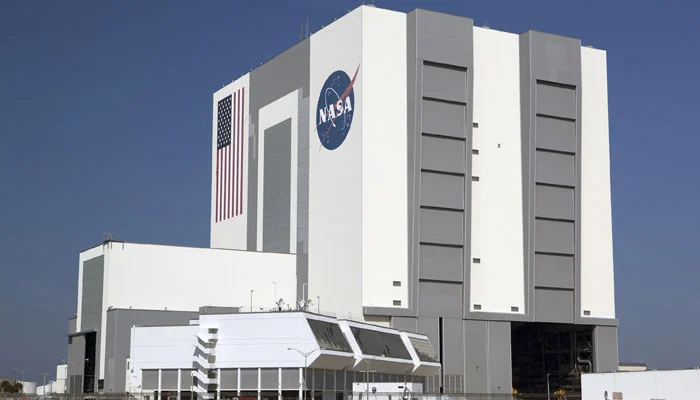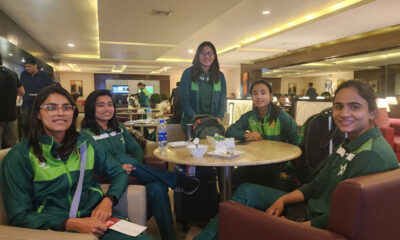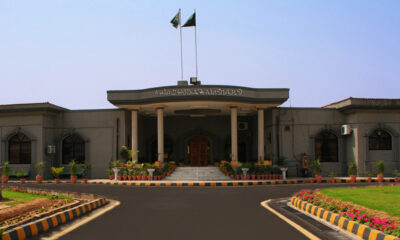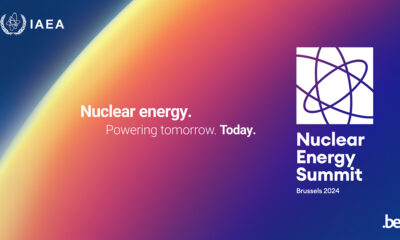Tech
Oxygen on Moon? Nasa seeks major breakthrough

Education
The establishment of IT labs in Islamabad’s educational establishments
Latest News
Pakistan launches first-ever lunar mission with iCube Qamar
Latest News
The green colour of WhatsApp ‘angers’ some users.
-

 Latest News1 day ago
Latest News1 day agoThe women’s team from Pakistan travels to England for a white-ball series.
-

 Business1 day ago
Business1 day agoSaudi investment and falling inflation cause Pakistani stocks to soar.
-

 Pakistan1 day ago
Pakistan1 day agoTo discuss privatisation with the government, Bilawal establishes a committee.
-

 Business1 day ago
Business1 day agoSaudi investment is most suited for Pakistan, according to Ibrahim Al-Mubarak
-

 Latest News1 day ago
Latest News1 day agoToday, 190 million pounds in NAB reference cases and cypher will be heard by the IHC.
-

 Latest News1 day ago
Latest News1 day agoThe wheat controversy is downplayed by Anwar-ul-Haq Kakar as a “storm in a teacup.”
-

 Business1 day ago
Business1 day agoNine months yields Rs66 billion for Pakistan Railways.
-

 Pakistan1 day ago
Pakistan1 day agoSupreme Court halts PHC and ECP decisions regarding reserved seats


























